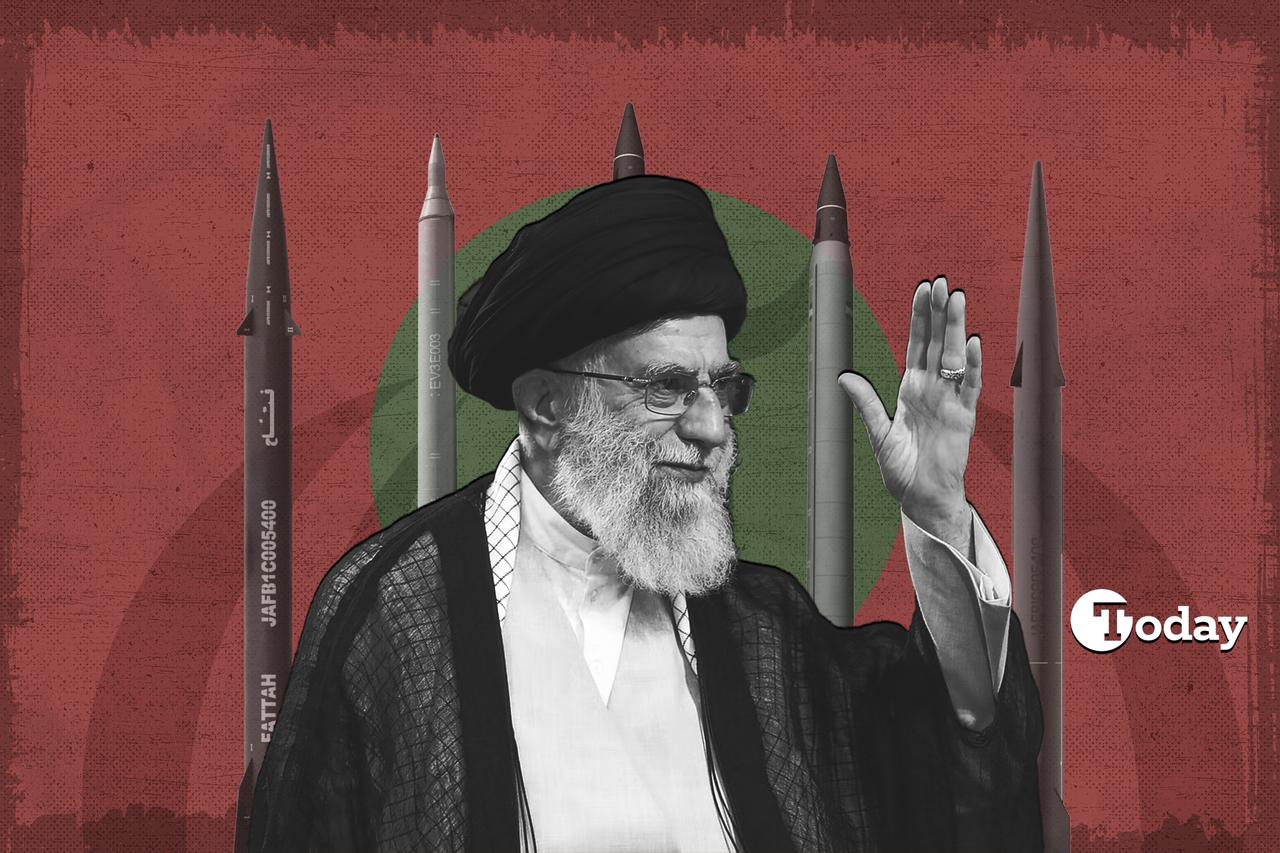
Trump's announcement of the destruction of the Iranian nuclear program was the most significant event in the military confrontations between Iran and Israel, which began on June 13. The announcement opened the door to greater speculation and fears about the war expanding regionally. Amid all this ambiguity, I attempt to shed light on the history of the Iranian nuclear project and its importance for the nation.
The foundations of the Iranian nuclear program date back to the late 1950s, when the United States signed a cooperation agreement with Shah Mohammad Reza Pahlavi, an ally of the West. The Shah's goal at the time was for the nuclear program to serve as a foundation for what he described as "the great Iranian civilization," of which nuclear technology was a fundamental pillar. In the early 1970s, the United States was the first to threaten the Shah with the carrot of nuclear energy, having previously gifted his country a research reactor, which was completed and operational at the University of Tehran in 1967.
Washington offered Tehran the construction of between five and seven nuclear reactors, but the high cost of the reactors led the Shah to prefer the offer of the German company Kraftwerk Union. He commissioned the company to begin construction of two nuclear reactors in the southern city of Bushehr, with work beginning in 1974.
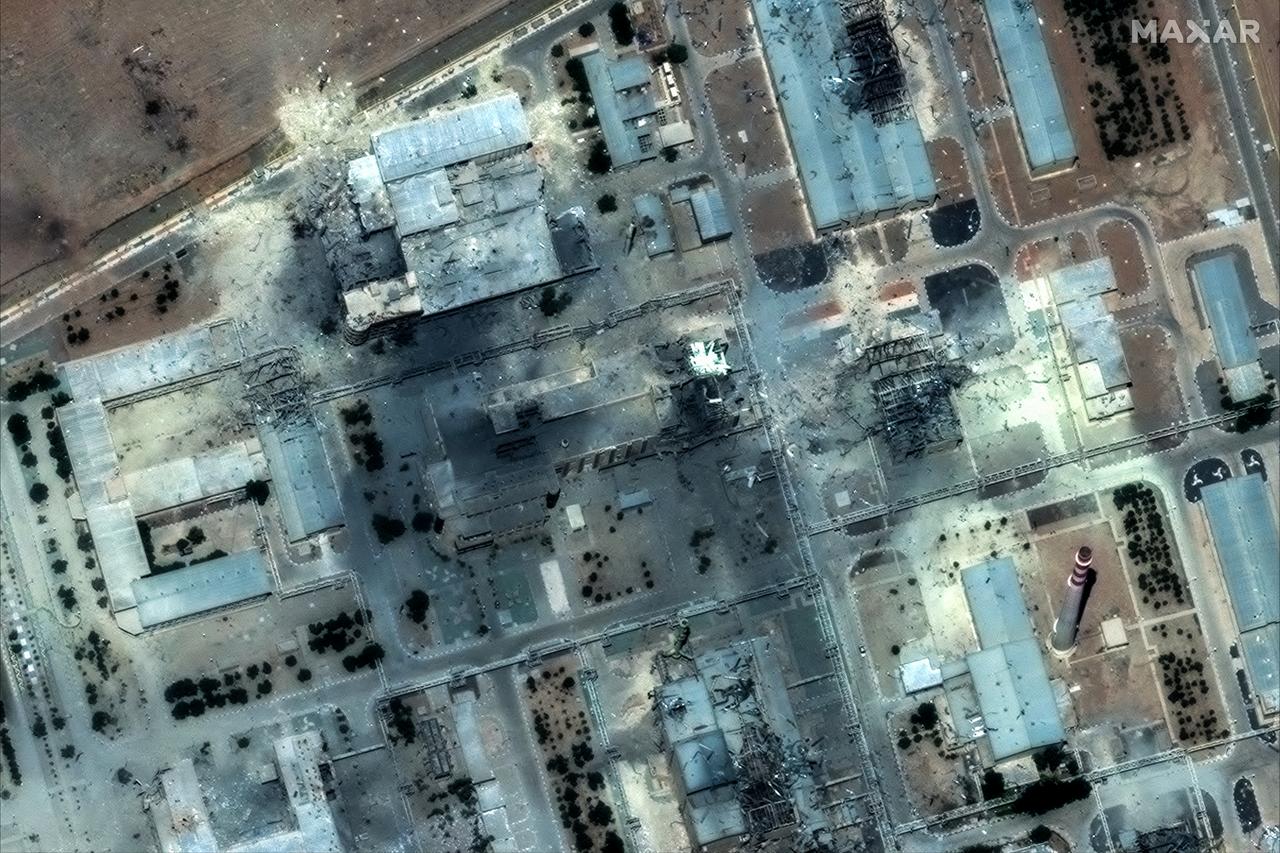
The Iranian Islamic Revolution erupted in 1979, when the first reactor was 85% complete. It was planned to begin producing nuclear power in 1981. The Germans halted construction of the two Bushehr reactors, and work slowed after the Iranian Revolution. Fighting escalated during the Iran-Iraq War, and Iraq bombed the reactors in 1987. Iran sought a country to complete what the German experts had begun. Since the Islamic Revolution was hostile to the West, especially the United States and Israel, no Western country agreed to complete the Iranian nuclear project except the former Soviet Union, which viewed Iran as a new and ready ally to add to its allies in the Third World.
Iran decided to pursue the nuclear option—seeking both plutonium, used by the United States in the 1945 Nagasaki bomb, and highly enriched uranium, used in the Hiroshima bomb that same year. Technically, Tehran was able to sign a contract with Moscow in 1995 to convert two damaged German reactors to the Soviet design, viewing the deal as an opportunity to revive its 'peaceful' nuclear program.
The Iranian Islamic Revolution effectively transformed the country’s nuclear project from one that enjoyed clear Western support into one rejected by all but the Soviet Union. Consequently, the collapse of the Soviet Union also played a significant role in increasing pressure on Iran’s nuclear ambitions.
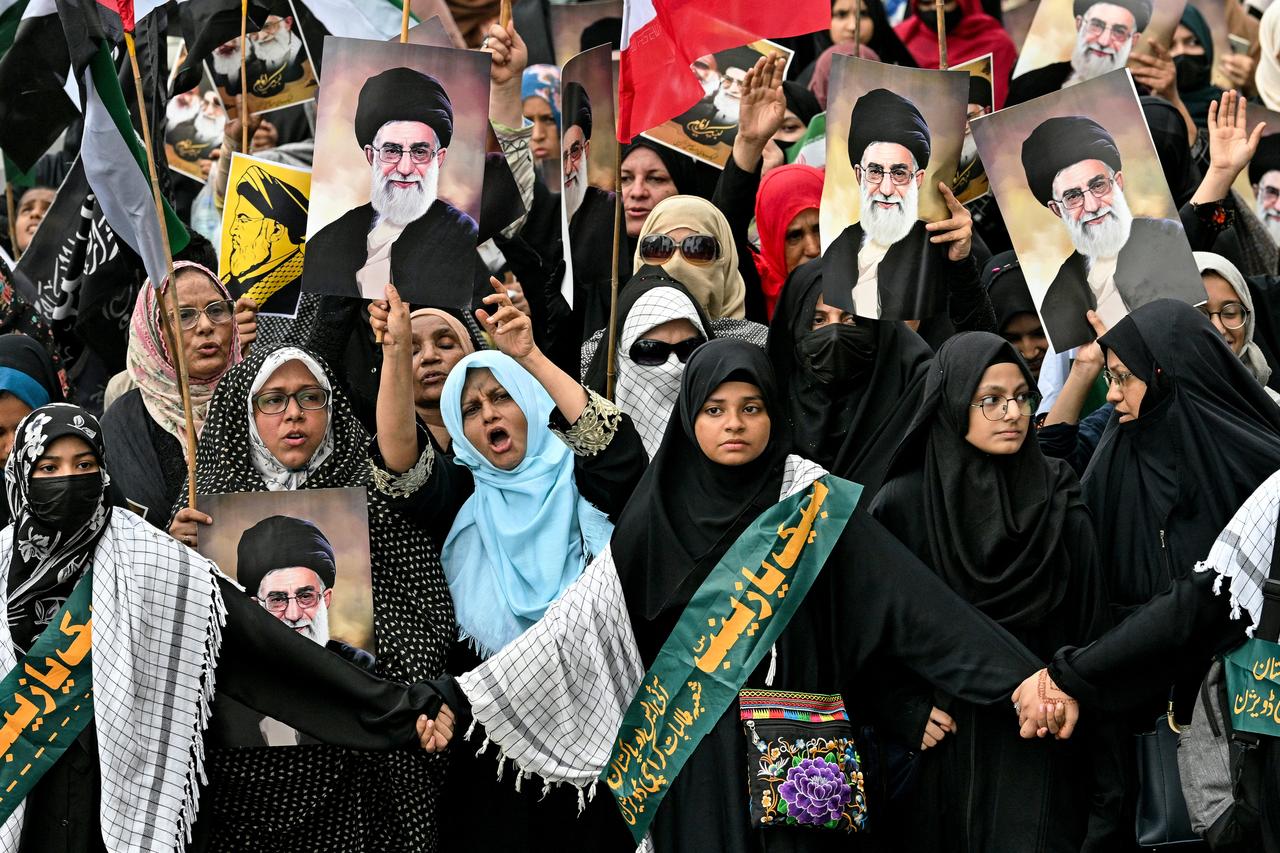
The Iranian project has faced numerous obstacles, particularly from Western countries, led by the U.S., and international institutions. Therefore, we are attempting to shed light on the historical development of these pressures.
In August 2002, an Iranian opposition group revealed secret underground nuclear sites at Natanz and Arak. These facilities were intended, respectively, for uranium enrichment and heavy water production. Iran claimed they were for civilian power generation, but the U.S. questioned the need for such facilities in an oil- and gas-rich country, claiming they were intended for nuclear weapons purposes.
Later, in October 2003, Iran agreed to suspend uranium enrichment and the manufacture and installation of critical components at its facilities as part of negotiations over its nuclear program. However, after the election of conservative President Mahmoud Ahmadinejad in 2005, Iran resumed enrichment efforts.
On Dec. 23, 2006, the U.N. Security Council issued its first-ever Resolution 1737, prohibiting any state from supplying or selling to Iran any equipment, supplies, or technology that could assist in nuclear or ballistic missile activities. It also froze the assets of 10 companies and 12 individuals associated with Iran's nuclear program.
In a 2011 report, the International Atomic Energy Agency (IAEA) cited "credible information" that Iran had conducted activities related to the development of a nuclear explosive device as part of a "systematic program" for military use prior to 2003.
The resolution imposed economic and trade sanctions on specific areas related to uranium enrichment and reprocessing, projects related to heavy water reactors, and ballistic missile development. It also stipulated that the Council would review Iran's file in light of an IAEA report submitted within 60 days.
After a 12-year crisis and arduous negotiations spanning 21 months, a historic agreement was reached in Vienna on July 14, 2015, between Iran, the five permanent members of the U.N. Security Council (China, the United States, France, the United Kingdom, and Russia) and Germany. The agreement, officially known as the Joint Comprehensive Plan of Action (JCPOA), entered into force in early 2016 and raised Iranian hopes that their country would break out of its international isolation. The agreement offered Tehran relief from international sanctions in exchange for strict restrictions on its nuclear program. However, this was short-lived, as U.S. President Donald Trump announced in 2018 that his country was unilaterally withdrawing from the agreement and reimposing strict sanctions on Tehran.
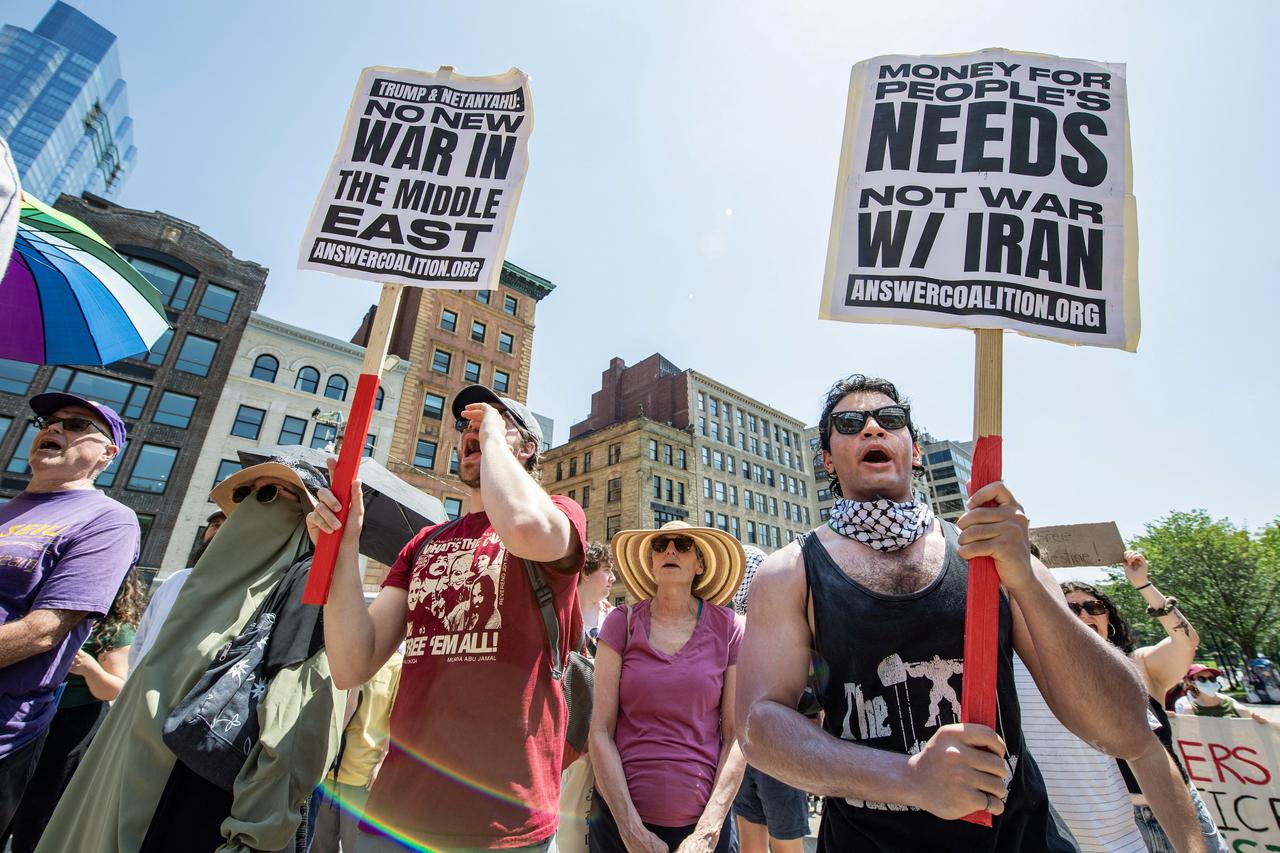
The U.S. withdrawal led to a gradual severance of Iran's commitment to the terms of the nuclear agreement. In response, the country adopted an escalation strategy intended to pressure the remaining signatories into assisting with the circumvention of sanctions.
At the Natanz and Fordow facilities targeted by U.S. strikes on Sunday, Iran enriched uranium to 60%, far above the 3.67% limit set by the 2015 agreement, although it remains below the 90% required to develop a nuclear warhead. Iran initially increased its enrichment to 5%, later to 20% and 60% in 2021. The 2015 agreement stipulated that Iran's total stockpile of enriched uranium would be capped at 202.8 kilograms, but the current stockpile is estimated to be 45 times that amount. In the summer of 2022, negotiations in Vienna between Tehran and the Europeans failed to revive the agreement, and Iran reduced its cooperation with the IAEA.
However, the major turning point in the negotiations over the Iranian nuclear program was Trump's return to office in January 2025. Although negotiations had begun last April, they yielded no results.
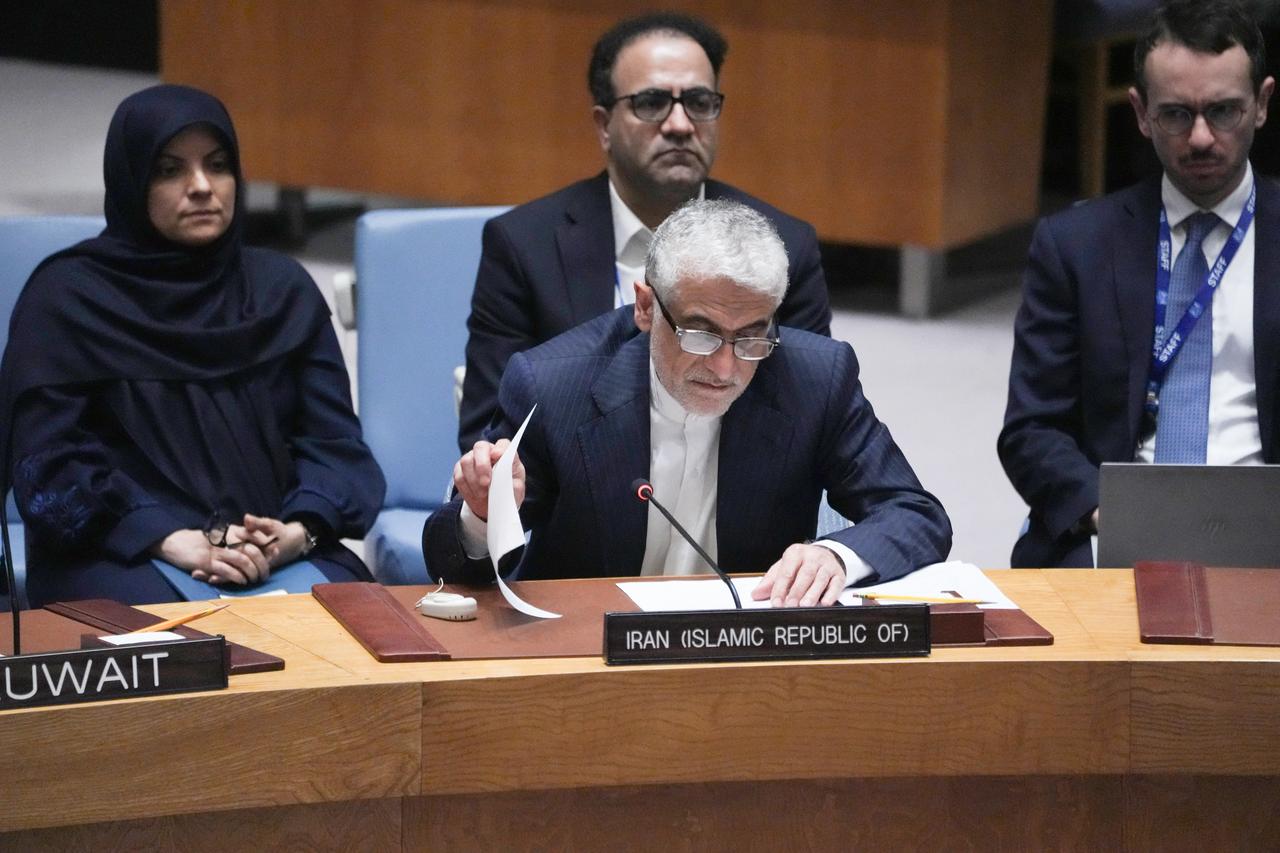
Iran has suffered devastating economic repercussions due to its nuclear program, which has spanned more than half a century. Since 2006, the U.N. Security Council has issued several resolutions imposing a package of economic and financial sanctions on Iran, resulting in economic losses of approximately $200 billion between 2012 and 2015.
In addition to U.N. Security Council sanctions, countries such as the United States, Japan, and Australia have imposed unilateral sanctions on Iran. The European Union has done the same, with measures including bans on financing deals with Tehran, investment in Iran's oil industry, insurance for Iranian oil tankers, and trade in precious stones and metals.
In addition, the Iranian nuclear project played a significant role as an important deterrent tool for Iran in the future. This makes it a very important investment for Iran's long-term national security.
The loss of the Iranian nuclear project means that Iranian investments that have continued for half a century have been meaningless. The poor economic conditions that the Iranian people have endured over all these years to complete the nuclear project have also been in vain. In other words, the loss of the Iranian nuclear project means the loss of billions of dollars in effort that began nearly half a century ago.
The loss of the Iranian nuclear project is not only the loss of facilities, but also the loss of an entire strategy and the legitimacy of the ruling regime, which had raised the slogan of equal confrontation with the West and the right to establish a nuclear project on its territory.
It may be difficult for the Iranian regime to repair its domestic image and restore legitimacy to its regime in light of the loss of this project, which was an important pillar not only of Iranian national security but also of the ruling Islamic regime's credibility.